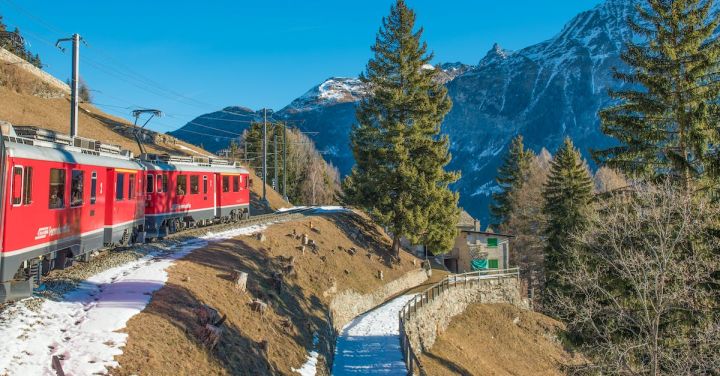In the world of transportation, there is a revolution underway. It is the high-speed rail revolution, and it is changing the way we travel. With speeds that can exceed 300 kilometers per hour, high-speed trains are reshaping the landscape of transportation.
One of the biggest advantages of high-speed rail is its efficiency. Unlike airplanes, which are subject to delays and long security lines, high-speed trains offer a seamless and hassle-free experience. Passengers can arrive at the station just minutes before departure and still make their train. And with frequent departures, travelers have more flexibility in choosing their travel times.
But speed is not the only benefit of high-speed rail. These trains also offer a level of comfort and convenience that is unmatched by other modes of transportation. With spacious seating, onboard amenities, and the ability to move around freely, passengers can relax and enjoy their journey. And with the availability of Wi-Fi and power outlets, they can also stay connected and productive while on the move.
High-speed rail also has a positive impact on the environment. Compared to cars and airplanes, trains are much more energy-efficient and produce fewer greenhouse gas emissions. By choosing high-speed rail over other modes of transportation, travelers can reduce their carbon footprint and contribute to a greener future.
Another advantage of high-speed rail is its ability to connect cities and regions like never before. With dedicated tracks and routes, high-speed trains can bypass congested highways and airports, allowing for faster and more direct connections. This not only improves travel times but also promotes economic growth and development in the areas served by high-speed rail.
The success of high-speed rail can be seen in countries like Japan, France, and China, where extensive networks have been established. In Japan, the Shinkansen, or bullet train, has been in operation since 1964 and has become a symbol of the country’s technological prowess. France’s TGV network, which began service in 1981, has revolutionized travel within the country and across Europe. And in China, high-speed rail has transformed the way people travel, connecting cities and regions that were previously inaccessible.
But the high-speed rail revolution is not limited to these countries. Around the world, governments and transportation authorities are investing in high-speed rail as a solution to congestion and environmental concerns. In the United States, for example, plans are underway to develop a high-speed rail network that would connect major cities on the East Coast. And in India, the proposed Mumbai-Ahmedabad high-speed rail corridor promises to revolutionize travel in the region.
However, the high-speed rail revolution is not without its challenges. The cost of building and maintaining high-speed rail infrastructure can be significant, and securing funding for these projects can be a complex process. Additionally, there are technical and logistical hurdles to overcome, such as land acquisition and ensuring interoperability between different high-speed rail systems.
Despite these challenges, the high-speed rail revolution is showing no signs of slowing down. As more countries recognize the benefits of high-speed rail, we can expect to see further expansion and innovation in this field. With faster travel times, improved comfort, and a reduced environmental impact, high-speed rail is poised to become the transportation mode of choice for millions of people around the world.
In conclusion, the high-speed rail revolution is transforming the way we travel. With its speed, efficiency, and environmental benefits, high-speed rail offers a superior alternative to cars and airplanes. As more countries invest in high-speed rail infrastructure, we can look forward to a future where travel is faster, more convenient, and more sustainable. The high-speed rail revolution is here, and it is here to stay.
